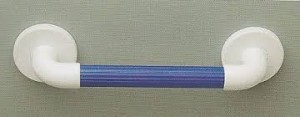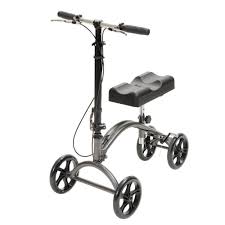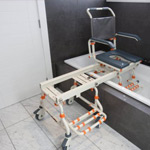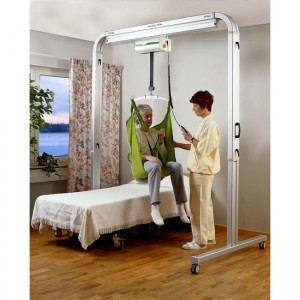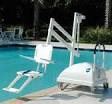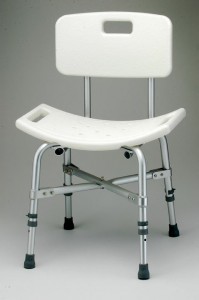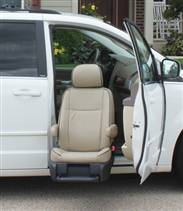While many seniors prefer to live in their homes for as long as possible, most homes are not designed for maximum safety. As people age, their balance, stability and muscle strength tend to wane. This diminishing vitality, coupled with a concomitant decrease in visual acuity, is the cause of many home accidents. Indeed, falls are the number one cause of injury among seniors, responsible for almost three million emergency room visits and more than 25,000 deaths in Canada and the U.S., annually.
One type of home modification that can help make the home safer is a handrail system. There are three major reasons to install handrails:
• To support walking
• To support overall mobility
• To prevent falls
It is important to understand that railings and banisters are not handrails and should not be confused with them. Railings and banisters may provide some support, but they are generally not strong enough to prevent a fall should a person grab onto it in extremis. A true handrail must withstand at least 500 pounds of force.
In addition, according to the Americans with Disabilities Act, a handrail needs to be:
• 1¼” – 2″ in diameter
• Round (or equivalent)
• 1½” minimum from the wall
• At least 1½” above any horizontal protrusion
• Continuous on and between stairs, ramps, landings and horizontal extensions at the tops and bottoms of slopes
Handrails can be installed in many different areas of a house. For example, a handrail can be installed on the wall above the bath tub; in a shower or just outside it; next to a sink or toilet; alongside a bed; on a staircase; in a kitchen or work space, or anywhere else where a senior or anyone else who is mobility challenged, requires or desires one. Usually, they are made of metal, such as aluminum, but they can also be made of wood or heavy plastic.
More important than the actual handrail material is the strength of the bracket that attaches it to the wall.Therefore, it is highly advisable that handrail systems be installed by professionals using the appropriate fasteners and fixtures. Do-it-yourself installations may also be available, but instructions must be followed carefully when putting them up. Also, there may be cases where handrails would impede movement or create risks for the elderly if they are installed in an inappropriate location.
At Pacific Mobility, we can assist you in planning the best and most appropriate type of handrail system for your home. Our experienced staff can also install your handrails, providing you the best in safety and reliability.
President, Husband, Father, Grandfather Graduate of UC Davis- Bio Sci Major- Go Aggies! Jeff has extensive experience in all of Pacific Mobility’s products and services, and specializes in accessibility products as well as stairlifts, ceiling lifts and custom wheel chairs. His hobbies include spending time with family, gardening, mountain biking, exercising and off road motorcycle riding.
24 years as Owner/President of Pacific Mobility Center – selling, installing, and servicing stairlifts, porch lifts, ceiling lifts, pool lifts, handicap ramping, specialty wheelchairs, scooters, power wheel chairs, and other power mobility devices
Certified Environmental Access Consultant since 2008
Licensed General Contractor since 1998
Certified Aging in Place Specialist since 2016
Board Member for Home Access Professionals
Member of Association of Members of the Accessibility Equipment Industry (AEMA)
